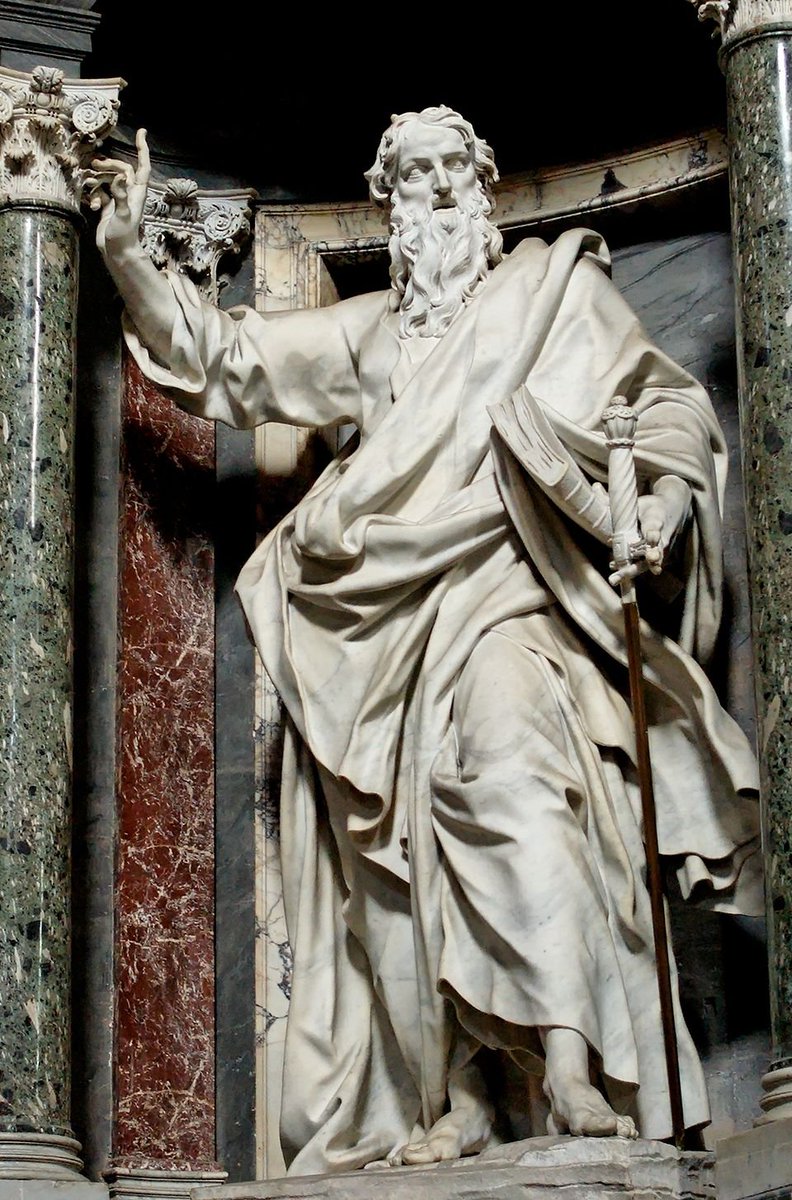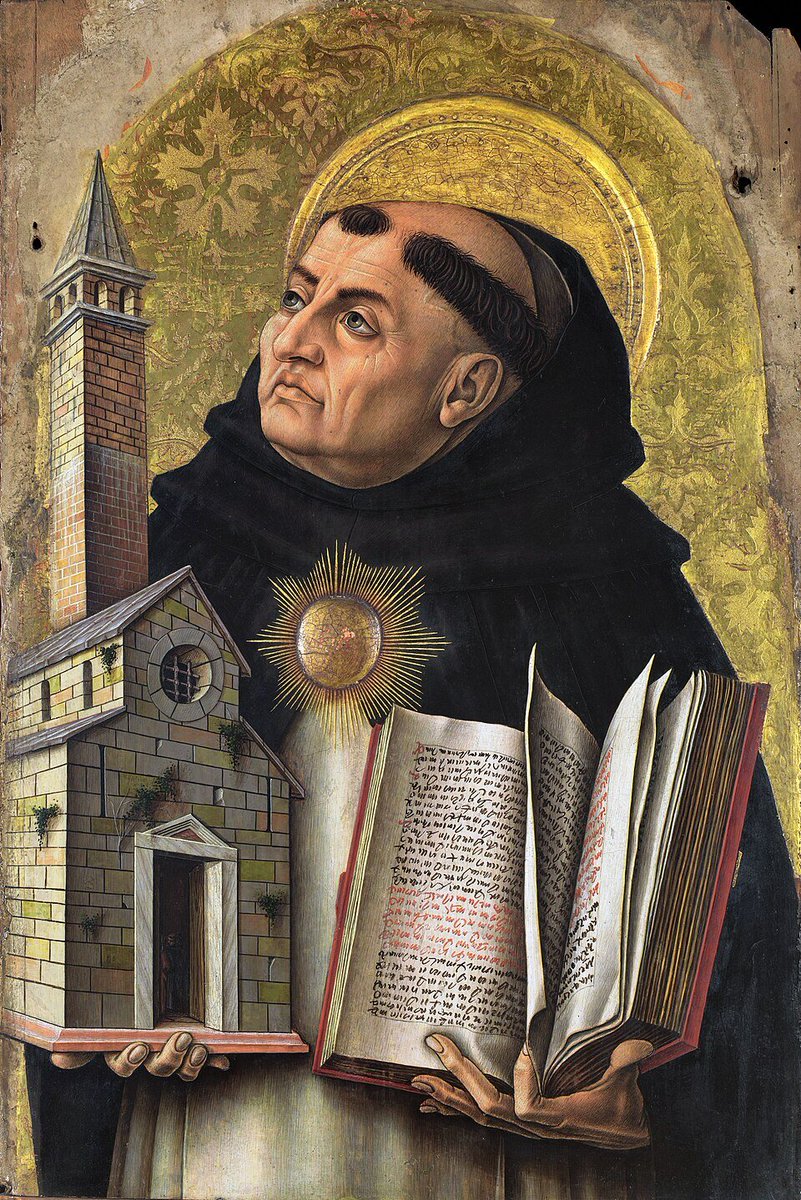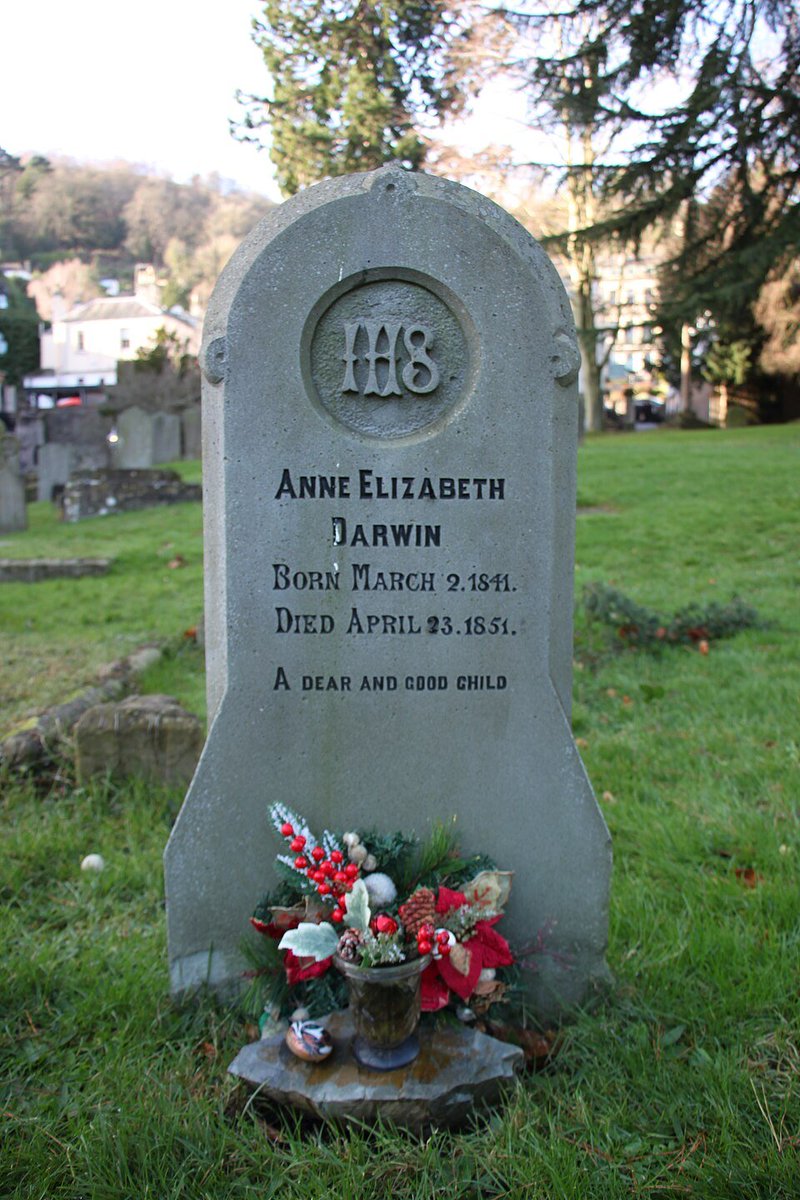The Greatest Minds to Have Ever Lived (A Four-Part Series) - Part 3.
Here are luminaries who have laid the foundations for the arts, philosophy, and the sciences that shaped our world, some even at cost of their lives.
Let's look at how they were immortalized in art.🧵
Here are luminaries who have laid the foundations for the arts, philosophy, and the sciences that shaped our world, some even at cost of their lives.
Let's look at how they were immortalized in art.🧵

"Fables should be taught as fables, myths as myths, and miracles as poetic fancies. To teach superstitions as truths is a most terrible thing." - Hypatia
Hypatia was an influential Hellenistic Neoplatonist philosopher, astronomer, and mathematician in Alexandria. Her teachings and works, although largely lost, contributed to the development of mathematics and philosophy.
Hypatia was an influential Hellenistic Neoplatonist philosopher, astronomer, and mathematician in Alexandria. Her teachings and works, although largely lost, contributed to the development of mathematics and philosophy.

By Diego Delso, CC BY-SA 4.0, h"The true work of art is but a shadow of the divine perfection."
- Michelangelo
Michelangelo, an Italian sculptor, painter, architect, and poet of the High Renaissance, is celebrated for his immense artistic versatility and detail in works such as the Sistine Chapel ceiling and the statue of David.
- Michelangelo
Michelangelo, an Italian sculptor, painter, architect, and poet of the High Renaissance, is celebrated for his immense artistic versatility and detail in works such as the Sistine Chapel ceiling and the statue of David.

"Imagination is more important than knowledge. Knowledge is limited. Imagination encircles the world."
- Albert Einstein
Albert Einstein, a renowned theoretical physicist, developed the theory of relativity, one of the two pillars of modern physics. His famous equation, E=mc², has had a profound impact on the scientific understanding of energy and mass.
- Albert Einstein
Albert Einstein, a renowned theoretical physicist, developed the theory of relativity, one of the two pillars of modern physics. His famous equation, E=mc², has had a profound impact on the scientific understanding of energy and mass.

Fibonacci (Leonardo of Pisa) was an Italian mathematician who introduced the Fibonacci sequence to the Western world through his book "Liber Abaci." His work significantly influenced European mathematics.
The Fibonacci sequence is a series of numbers in which each number is the sum of the two preceding ones, typically starting with 0 and 1, and is famous for appearing in various natural phenomena, from the arrangement of leaves on a stem to the branching of trees and the spiral patterns of shells.
The Fibonacci sequence is a series of numbers in which each number is the sum of the two preceding ones, typically starting with 0 and 1, and is famous for appearing in various natural phenomena, from the arrangement of leaves on a stem to the branching of trees and the spiral patterns of shells.

"To play without passion is inexcusable!" - Ludwig van Beethoven
Ludwig van Beethoven, a German composer and pianist, is regarded as a crucial figure in the transition between the Classical and Romantic eras in Western art music. He is known for his innovative compositions, including the Ninth Symphony and the Moonlight Sonata.
Ludwig van Beethoven, a German composer and pianist, is regarded as a crucial figure in the transition between the Classical and Romantic eras in Western art music. He is known for his innovative compositions, including the Ninth Symphony and the Moonlight Sonata.

"Nothing in life is to be feared, it is only to be understood. Now is the time to understand more, so that we may fear less." - Marie Curie
Marie Curie, a pioneering physicist and chemist, was the first woman to win a Nobel Prize and remains the only person to win Nobel Prizes in two different scientific fields - physics and chemistry - for her work on radioactivity.
Marie Curie, a pioneering physicist and chemist, was the first woman to win a Nobel Prize and remains the only person to win Nobel Prizes in two different scientific fields - physics and chemistry - for her work on radioactivity.

Gregor Mendel, an Austrian monk and scientist, is now known as the father of modern genetics for his research on the inheritance of traits in pea plants. His work laid the foundation for the modern understanding of genetics and heredity. 

"Being entirely honest with oneself is a good exercise."
- Sigmund Freud
Sigmund Freud was an Austrian neurologist and the founder of psychoanalysis, a clinical method for treating psychopathology through dialogue between a patient and a psychoanalyst. His theories have profoundly influenced the humanities and social sciences.
- Sigmund Freud
Sigmund Freud was an Austrian neurologist and the founder of psychoanalysis, a clinical method for treating psychopathology through dialogue between a patient and a psychoanalyst. His theories have profoundly influenced the humanities and social sciences.

"Whether you think you can, or you think you can't – you're right." - Henry Ford
Henry Ford was an American industrialist and founder of the Ford Motor Company, and the sponsor of the development of the assembly line technique of mass production. His introduction of the Model T revolutionized transportation and American industry.
Henry Ford was an American industrialist and founder of the Ford Motor Company, and the sponsor of the development of the assembly line technique of mass production. His introduction of the Model T revolutionized transportation and American industry.

"If you want to find the secrets of the universe, think in terms of energy, frequency, and vibration."
- Nikola Tesla
Nikola Tesla was known for his groundbreaking contributions to the development of alternating current (AC) electrical systems, including the AC motor and transformer, which have had lasting impacts on electrical power distribution.
- Nikola Tesla
Nikola Tesla was known for his groundbreaking contributions to the development of alternating current (AC) electrical systems, including the AC motor and transformer, which have had lasting impacts on electrical power distribution.

"The music is not in the notes, but in the silence between." - Wolfgang Amadeus Mozart
Perhaps the most influential composer from the classical era, Mozart is known for his mastery across all musical genres of his time. His extensive body of work, including operas, symphonies, and chamber music, remains popular and influential.
Perhaps the most influential composer from the classical era, Mozart is known for his mastery across all musical genres of his time. His extensive body of work, including operas, symphonies, and chamber music, remains popular and influential.

"That brain of mine is something more than merely mortal; as time will show." - Ada Lovelace
An English mathematician and writer, Ada Lovelace is often considered the first computer programmer for her work on Charles Babbage's early mechanical general-purpose computer, the Analytical Engine. She theorized a method for the engine to repeat a series of instructions, a process known as looping.
An English mathematician and writer, Ada Lovelace is often considered the first computer programmer for her work on Charles Babbage's early mechanical general-purpose computer, the Analytical Engine. She theorized a method for the engine to repeat a series of instructions, a process known as looping.

"Science and everyday life cannot and should not be separated." - Rosalind Franklin
Rosalind Franklin was an English chemist who is often overlooked but whose work on X-ray diffraction was critical in the discovery of the DNA double helix. Her photographs of DNA allowed Watson and Crick to create their famous model of DNA.
Rosalind Franklin was an English chemist who is often overlooked but whose work on X-ray diffraction was critical in the discovery of the DNA double helix. Her photographs of DNA allowed Watson and Crick to create their famous model of DNA.

Elizabeth I, the Queen of England and Ireland, is celebrated as one of the greatest monarchs for her adept governance and the establishment of the Elizabethan Age, a period marked by the flourishing of English drama, led by playwrights such as Shakespeare, and the expansion of global maritime power.
Her political acumen in navigating complex domestic and international challenges, including religious divisions and threats from powerful adversaries like Spain, solidified her legacy as a shrewd and effective leader.
Her political acumen in navigating complex domestic and international challenges, including religious divisions and threats from powerful adversaries like Spain, solidified her legacy as a shrewd and effective leader.

"Science knows no country, because knowledge belongs to humanity, and is the torch which illuminates the world." - Louis Pasteur
Louis Pasteur, a French biologist, microbiologist, and chemist, is renowned for his discoveries of the principles of vaccination, microbial fermentation, and pasteurization. His work in disease prevention has saved countless lives.
Louis Pasteur, a French biologist, microbiologist, and chemist, is renowned for his discoveries of the principles of vaccination, microbial fermentation, and pasteurization. His work in disease prevention has saved countless lives.

If you found this thread enlightening, we'd be grateful if you could share the initial post. This thread is a sequel to the first and second installments of our series.
Part 1:
Part 2:
Part 1:
Part 2:
https://x.com/cultureexplorex/status/1780949901355925798?s=46&t=eNBsmGR4PulTH05PHz0EIQ
https://twitter.com/cultureexplorex/status/1781736875142598750
• • •
Missing some Tweet in this thread? You can try to
force a refresh























